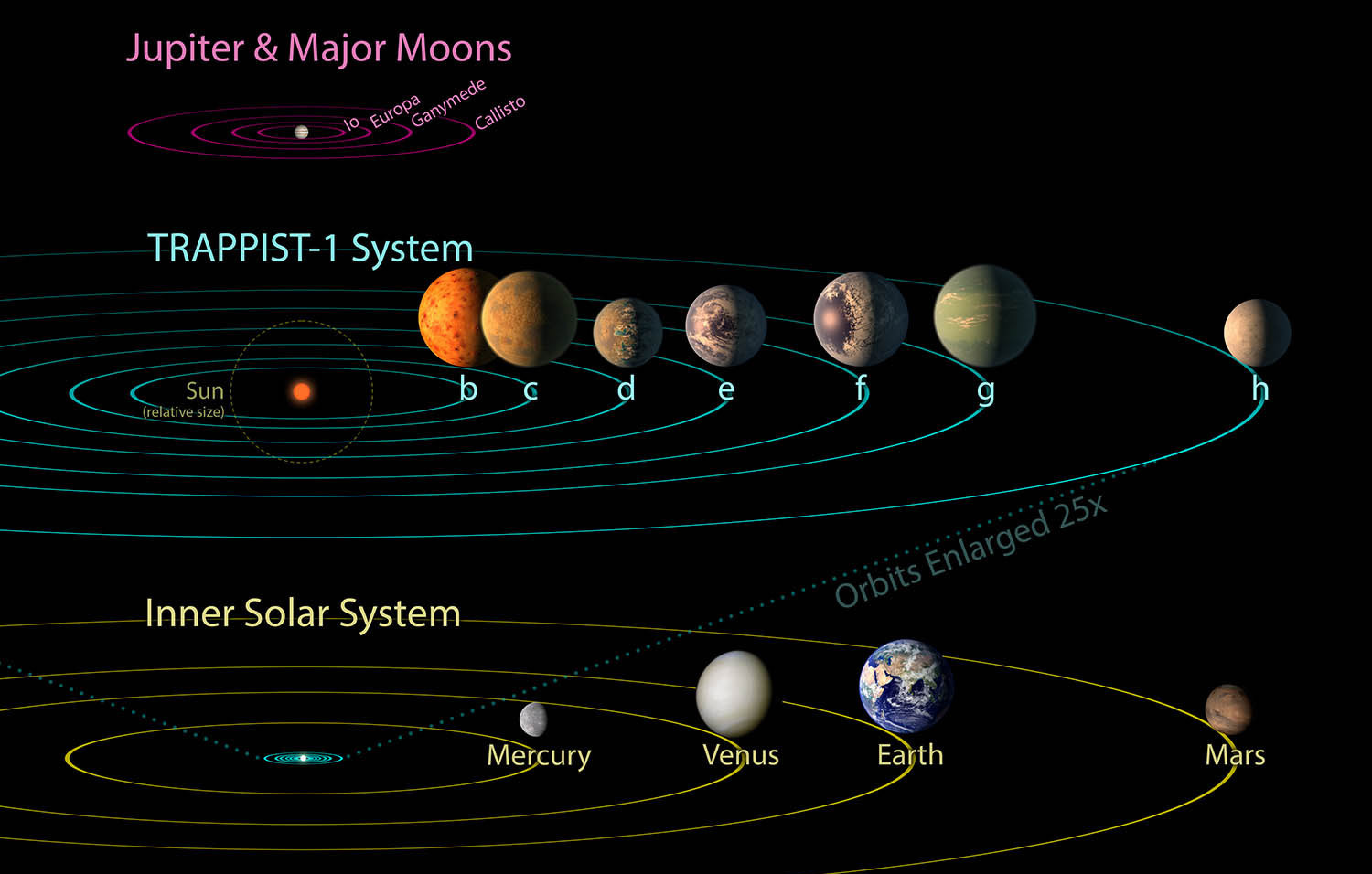The Fascination with Space
Humans love to explore. In fact, we have seen to the furthest reaches of our universe, to where stars and galaxies are being born, and where time begins. We have witnessed the beginning of creation first hand. Space has been our addiction for centuries. We have explored more of the universe that we have explored our own planet. For example, the ocean covers 70 percent of the Earth's surface and we have only explored less than 5 percent of it. The Mariana Trench is the deepest place on our planet. It is the largest most unexplored place on the Earth. Scientist call It “the last, great, unexplored frontier”. Down in the depths of this dark and dangerous trench are possibly thousands upon thousands of new species to be discovered. In the 4 hours, it took a group of researchers to dive the nearly 7 miles to the depths of the Mariana trench, there were dozens of new species discovered. Scientists have learned that life could thrive in yet another extreme environment. How could this be? When scientists look in extreme environments, we see life prosper in ways that defy our understanding. Life adapts to survive.
Life can thrive in the most extreme and unexpected environments. The life that thrive in these environments are called extremophiles. These extremophiles can tolerate conditions that would kill other organisms. These organisms live in such places like volcanic hot springs, densely salted lakes, sulfuric acidic pools, frozen tundra, superheated boiling water, extreme water pressure, asphalt lakes, absence of oxygen and water, just to name a few. These discoveries have fueled our thirst for more. We have stepped out into the greatest challenge that man has ever faced and that is outer space. We will continue searching until we answer the question, “Are we alone?”.
Thermophiles, a type of extremophile, produce some of the bright colors of Grand Prismatic Spring, Yellowstone National Park
Recently, with the aid of the Spitzer Space Telescope, we have discovered 7 planets. The system has come to be known as the Trappist-1 system. This system has 3 planets in the habitable zone. These planets could possibly harbor life. On the surface of these planets, even though they are cooler than the Earth, there is the possibility of liquid water. If the planets have the right combinations of gasses and an atmosphere, they could be habitable for humans. When thinking about extremophiles, these 3 planets could have these hardy microscopic life forms.

Do you think the Trappist-1 system could harbor life? It will be interesting to find out. One day our curiosity will get the best of us and we will be in orbit around one of the worlds that orbit Trappist-1. There is an entire universe out there and more planets to discover. The exploration pushes forward and the quest to find life continues.
Do you think the Trappist-1 system could harbor life? It will be interesting to find out. One day our curiosity will get the best of us and we will be in orbit around one of the worlds that orbit Trappist-1. There is an entire universe out there and more planets to discover. The exploration pushes forward and the quest to find life continues.
Thank you for reading and I would appreciate if you checked out my social media below! Also, on the right-hand side of your screen is a Follow button! If you liked what you read, please share with your friends! If you want to see more, follow my blog so you can be updated when I make a post!
Twitter: @SpaceTalk365
Facebook: SpaceTalk365
For More Click Here: Home Page: SpaceTalk365



No comments :
Post a Comment